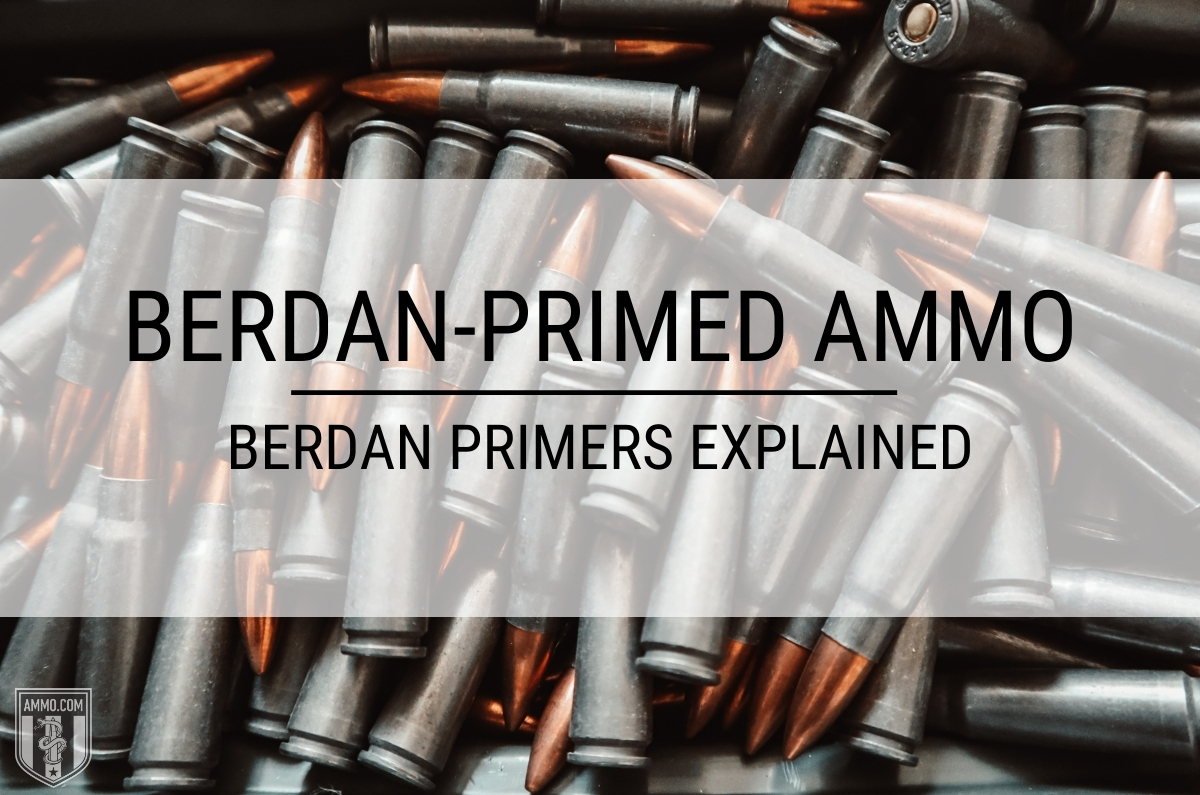Some Known Questions About Small Pistol Primers.
Table of ContentsPistol Primers Fundamentals ExplainedThe Single Strategy To Use For Federal Primers5 Easy Facts About Pistol Primers DescribedThe Definitive Guide for Winchester PrimersUnknown Facts About Primers In Stock
Component of the firearm cartridge for initiating propellant combustion In guns as well as artillery, the primer () is the chemical and/or device accountable for starting the propellant burning that will press the projectiles out of the weapon barrel. In very early black powder guns such as muzzleloaders, the guide was basically the very same chemical as the primary propellant (albeit generally in a finer-powdered kind), yet poured right into an exterior flash pan, where maybe fired up by an ignition source such as a slow-moving suit or a flintlock Some muzzleloaders have guides like cap weapon caps.
In artillery the guides are often a separate element, positioned inside the barrel to the rear of the primary propellant chargebut there are other examples of weapons, including for instance some automatic weapons, designed to shoot cartridges with important electric guides.
Cci Primers - Questions

With the advent of hand-held guns, this ended up being an unwanted way of shooting a gun. Holding a burning stick while attempting to pour a cost of black powder thoroughly down a barrel is dangerous, and attempting to hold the weapon with one hand while all at once intending at the target and looking for the touchhole makes it extremely tough to fire accurately. The very first effort to make the procedure of shooting a tiny arm much easier was the "matchlock".
The suit was a slow-burning fuse made from plant fibers that were soaked in a remedy of nitrates, charcoal, as well as sulfur, as well as dried (https://my.weezevent.com/reloading-primers). This "slow-match" was ignited before the weapon was needed, and it would slowly burn, keeping a hot ash at the burning end. After the gun was packed and the touchhole topped with powder, the burning idea of the suit was positioned so that the lock would certainly bring it into contact with the touchhole.
Examine This Report on Rifle Primers
This brought the match down to the touchhole, stiring up the powder - https://andrewjaeger0217.wixsite.com/relodprim3rs/post/fascination-about-winchester-primers. With mindful attention, the slow-burning suit might be kept burning for long periods of time, and the use of the lock system made relatively exact fire feasible. The next transformation in ignition technology was the "wheel-lock".
The covered flashpan also offered some capacity to hold up against negative weather. primers in stock. Wind, rain, as well as wet climate would make a matchlock useless, but a wheel-lock that was filled as well as waterproofed with a little bit of oil around the flashpan can be discharged under most conditions. The wheel-lock enjoyed only a short period of popularity prior to being superseded by an easier, more durable style.
The Ultimate Guide To Remington Primers
As the name implies, the flintlock made use of flint instead than iron pyrite. The flint was held in a spring-loaded arm, called the "dick" from the resemblance of its motion to a pecking poultry. The dick rotated through around a 90-degree arc as well as was kept in the tensioned, or "cocked" position by a trigger. https://www.fliphtml5.com/homepage/pbkas.
The "half-cock" placement held the cock midway back, and also utilized a deep notch to make sure that drawing the trigger would not launch the cock. Half-cock was a safety position, utilized when loading, keeping or carrying a packed flintlock. The "full-cock" placement held the dick right back and also was the setting from which the weapon was terminated.
It served as both a flashpan cover as well as a steel striking surface for the flint. The frizzen was hinged and also spring-loaded to ensure that it would secure in the open or shut setting. When closed, the striking surface area was positioned to ensure that the flint would strike at the correct angle to generate a spark.
Remington Primers for Beginners
The flintlock system was less complex and also more powerful than the wheel-lock, as well as the click to find out more flint and steel supplied a great, reliable source of ignition. The flintlock remained in army service for over 200 years, as well as flintlocks are still made today for historical re-enactments as well as muzzle-loading target competition, and for hunters that delight in the additional challenge that the flintlock supplies.
By the middle of the 19th century, the percussion or caplock system was well developed., as it was easier and more trustworthy than the flintlock.
The flashpan and frizzen were gotten rid of and replaced by a tiny, hollow horizontal cylinder (drum) screwed into the bored-out as well as tapped flash opening and also bring a "nipple" over which the cap can be fitted. A "hammer" which additionally had half-cock (for packing as well as using the cap) and also full-cock placements replaced the penis.